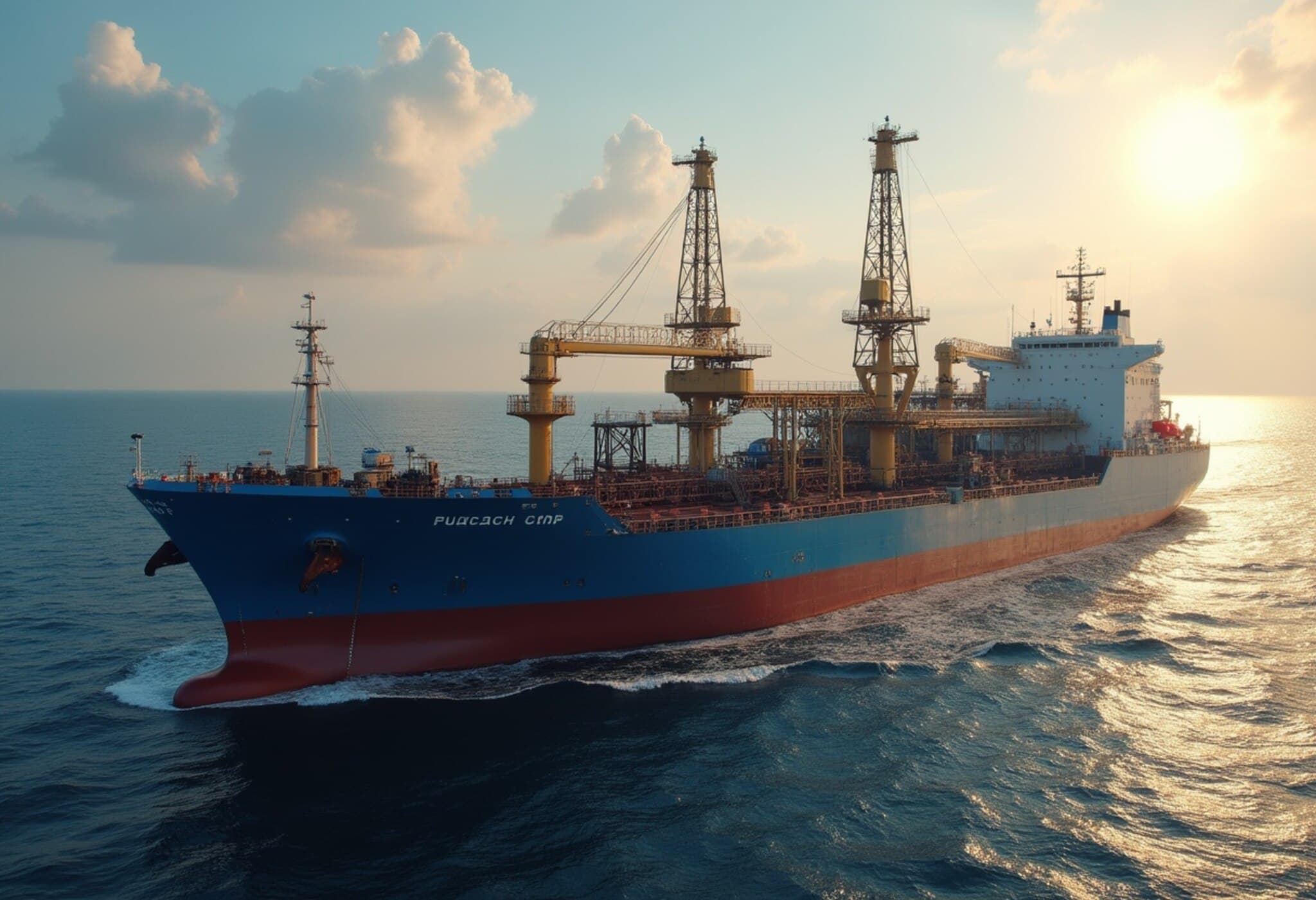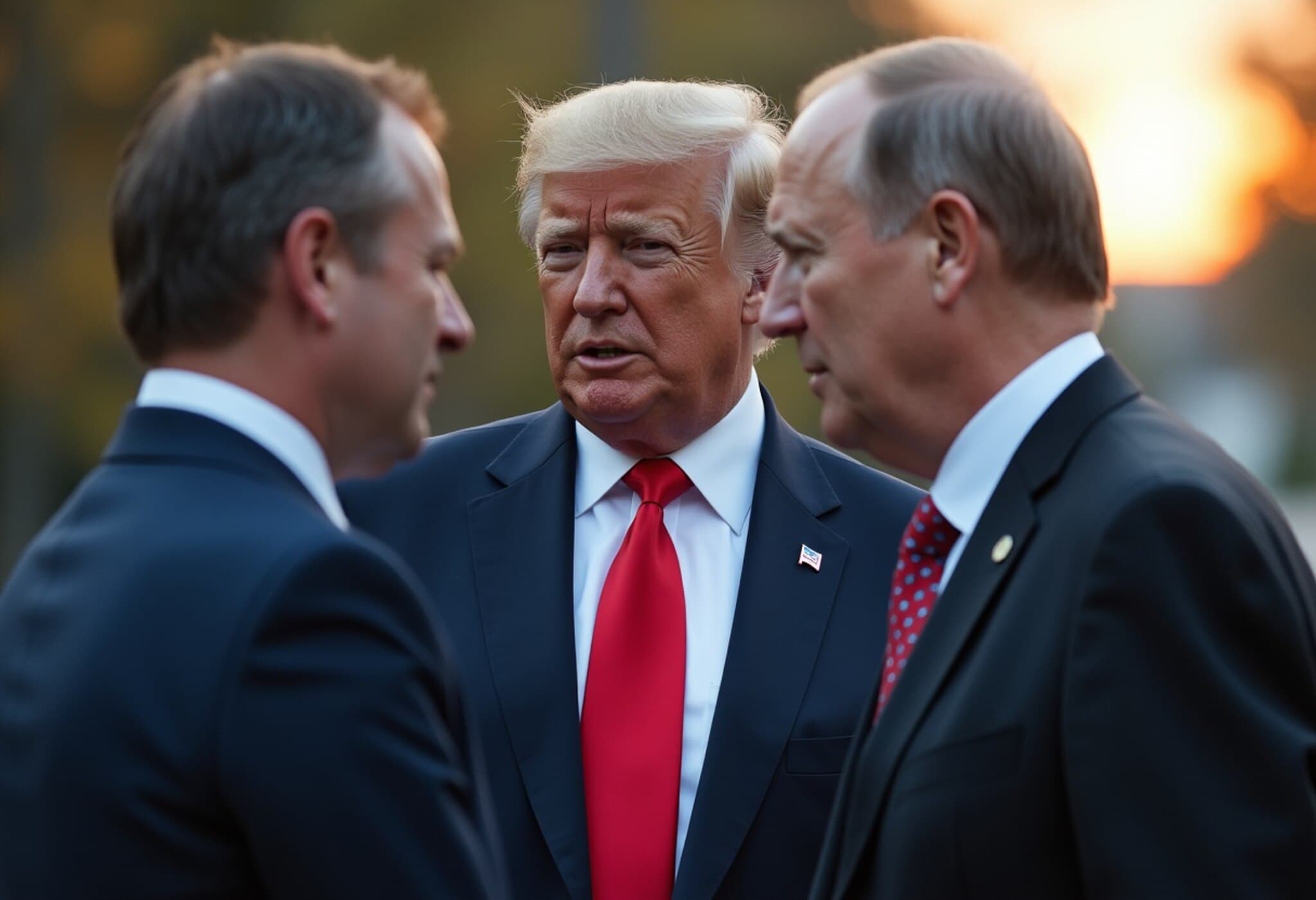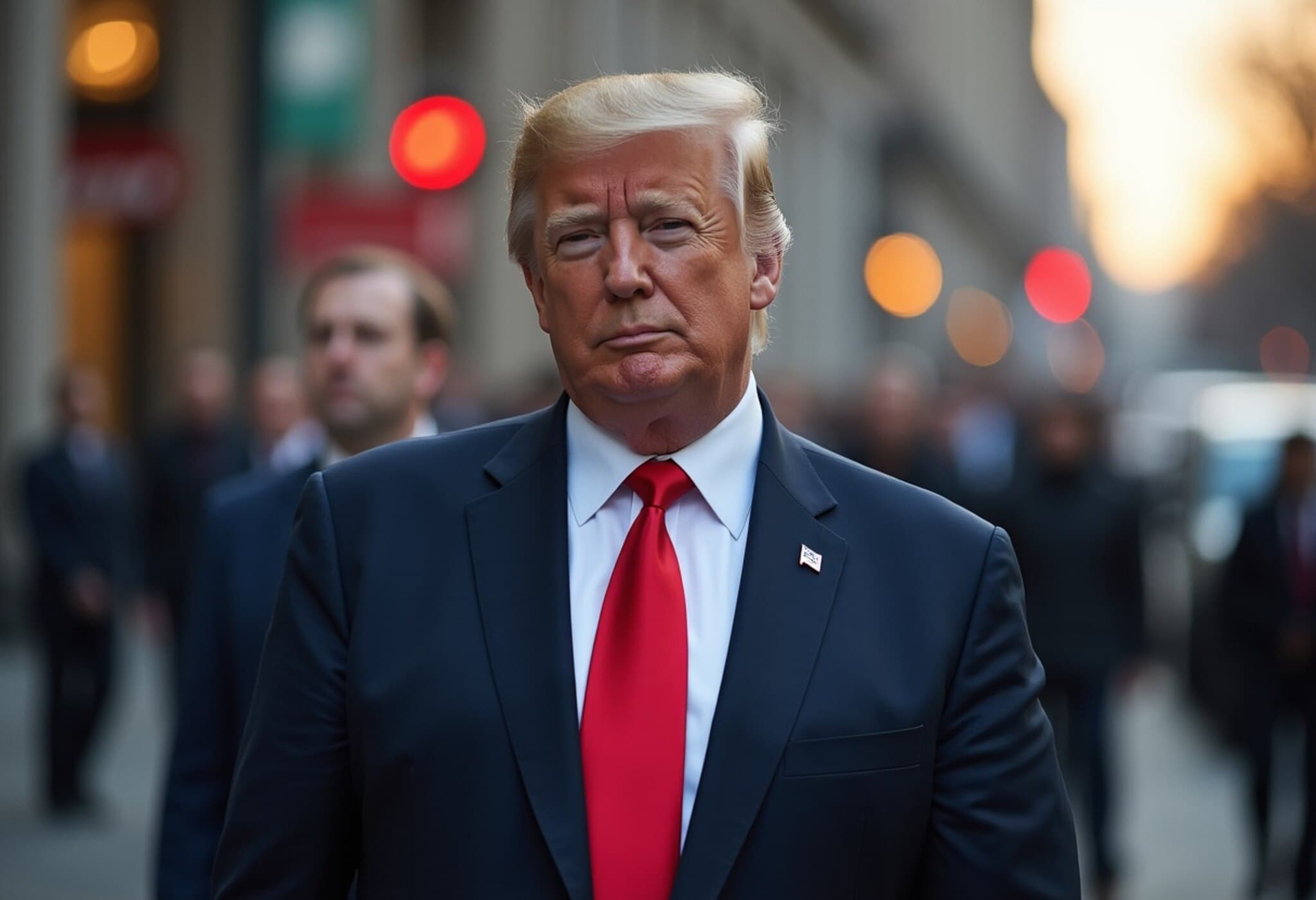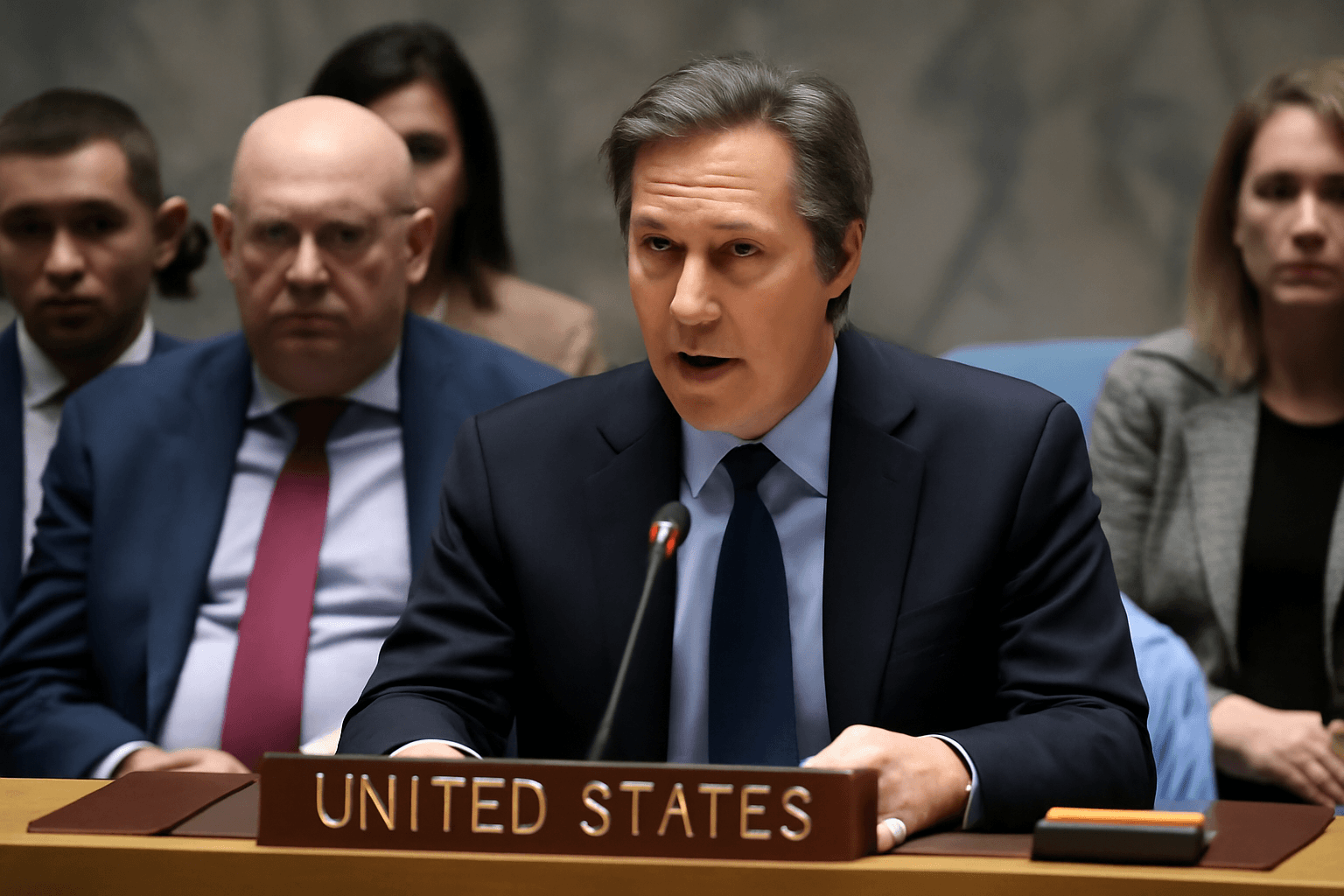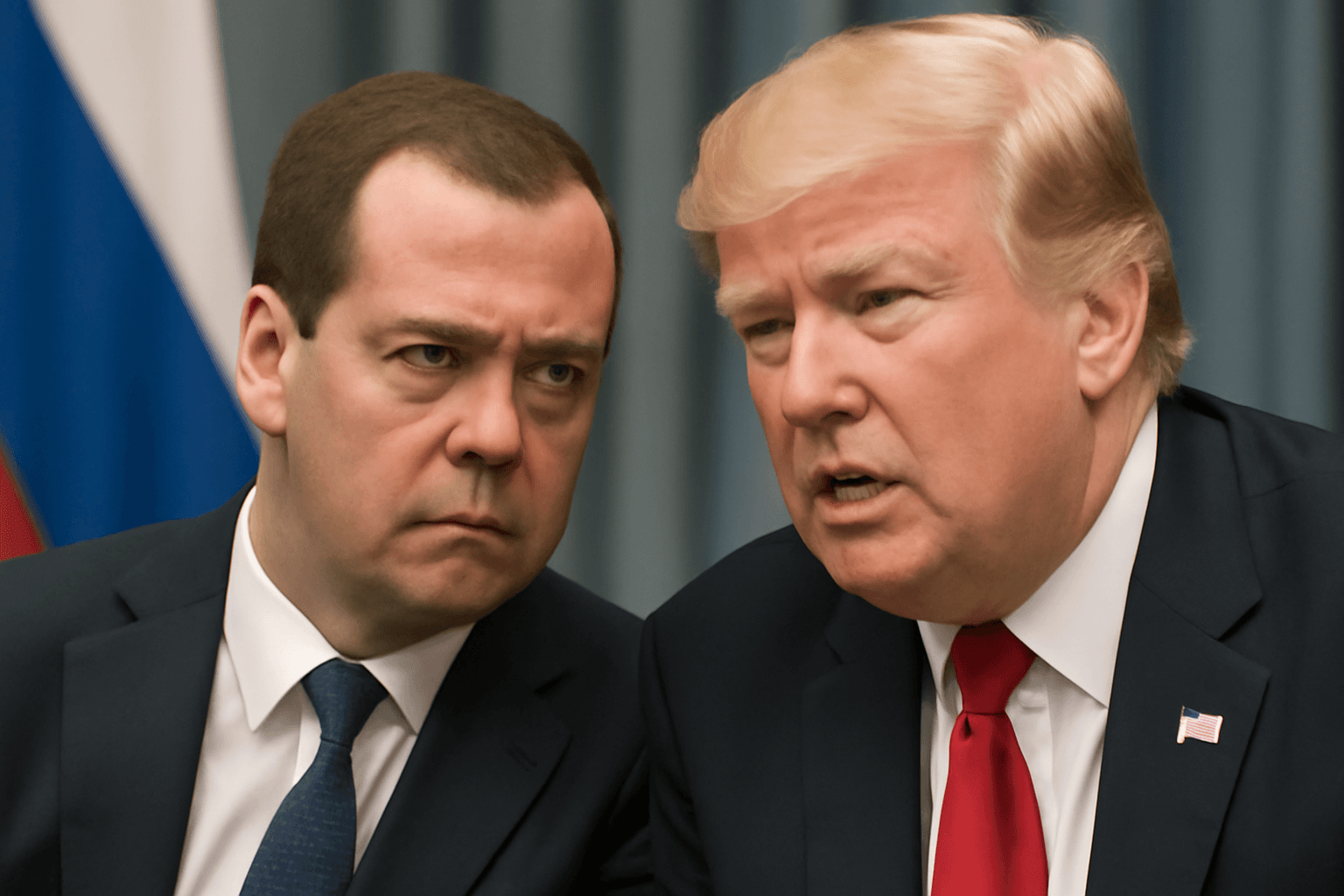EU Escalates Sanctions to Curb Russian Oil Income Amid Ukraine Conflict
In a decisive move to strangle the financial lifelines fueling Russia’s military aggression in Ukraine, the European Union unveiled its 18th sanctions package on July 18, 2025. Central to this latest package is a stringent clampdown on Russia’s oil revenues, which are vital for funding President Vladimir Putin’s war operations.
Breaking New Ground: Sanctioning an Indian Refinery
For the first time, the EU has extended its sanctions beyond Russian soil, targeting the Vadinar oil refinery in India. This facility, operated with a significant 49% stake held by the Russian state oil giant Rosneft, ranks as India’s second-largest refinery. EU Foreign Minister Kaja Kallas described this as a landmark step, emphasizing that the sanctions specifically aim to undercut Kremlin’s war budget by disrupting revenue channels that cross international borders.
Sharper Price Caps and Expanded Blacklists
The EU has intensified its price cap on Russian oil, lowering it from $60 per barrel to about 15% below the market rate, equating roughly to $47.6 per barrel. This dynamic cap is pegged to market prices, fluctuating in tandem, thereby keeping the pressure persistent and adaptable.
Crucially, the new sanction regime threatens shipping, insurance, and financial firms involved in transactions above this cap with penalties. This strategy targets the ‘shadow fleet’ of over 100 vessels—tankers reported to help Russia evade export restrictions—further choking illicit oil shipments.
Broader Measures Targeting Russia’s Economic and Military Utilities
- Sanctioning India's flag registry, enabling the EU to police ships under the Indian flag that may violate sanctions.
- Banning the Nord Stream 1 and 2 gas pipelines, crippling key Russian energy infrastructure to Europe.
- Imposing restrictions on Chinese banks accused of facilitating sanctions evasion.
- Extending bans on financial transactions with Russian banks, shrinking Kremlin’s access to international capital.
- Restricting exports of sensitive dual-use technologies that could be weaponized in the Ukraine conflict.
Implications for India and Global Energy Markets
This marks a complicated chapter in EU-India relations, as the sanctions indirectly pressure Indian energy players connected with Russian interests. The Indian flag registry’s sanction means ships flying the Indian flag could be targeted if they engage in prohibited oil transport activities, pushing India to navigate its energy needs amid mounting geopolitical tensions.
Analysts caution that such moves might have ripple effects on global oil supply chains and pricing, especially for countries reliant on Russian oil either directly or through re-export via third countries.
Expert Insights: Weighing the Effectiveness of Sanctions
Experts suggest that while sanctions curtailing Putin’s oil income are impactful, their success depends on rigorous global enforcement. The expansion of blacklists and targeted restrictions reflect lessons learned from earlier sanction rounds, aiming to close loopholes exploited by shadow shipping fleets and opaque financial channels.
However, the risk remains that Russia may lean more heavily on alternative buyers outside Western influence or deepen cooperation with nations like China, which complicates the EU’s strategic calculus.
Editor’s Note
The EU’s latest sanctions underscore a strategic intensification aimed at starving Russia’s war machine financially. By crossing into foreign soil sanctions—such as those impacting an Indian refinery and registry—the EU signals a willingness to broaden the battleground. This approach raises critical questions about the evolving roles of neutral countries in global conflicts and the balancing acts required to maintain energy security while adhering to geopolitical principles.
Readers should consider how these sanctions might reshape global alliances, the energy market landscape, and the broader implications for international law and enforcement in an increasingly multipolar world.

